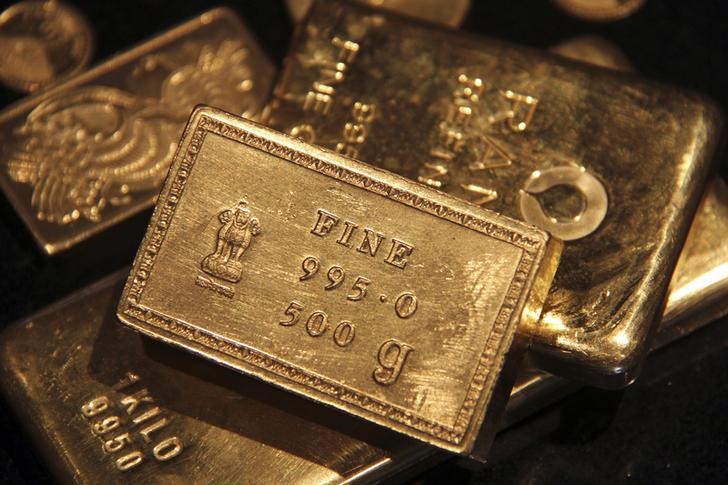By Barani Krishnan
Investing.com - Gold prices returned to $1,700 Tuesday on expectations that the Federal Reserve will turn its pandemic-fighting efforts to next buying ETFs of bonds.
The rebound means the yellow metal’s tight range-bound maneuvers of plus-minus $10 an ounce continues for now, extending its hide-and-seek game with the $1,700 support leve, much to the frustration of both longs and shorts seeking a clear break.
U.S. gold futures for June settled up $8.80, or 0.5%, at $1,706.80 per ounce as the Fed was expected to start purchasing shares of ETFs that invest in bonds on Tuesday through its Secondary Market Corporate Credit Facility. The facility is one of several tools recently created by the central bank to improve market functioning in the wake of the pandemic.
“The widespread emergency actions that were announced are finally taking place and traders will continue to try to get ahead of the Fed,” said Ed Moya, analyst at online trading platform OANDA.
Spot gold, which tracks real-time trades in bullion, rose $3.68, or 0.2%, to $1,701.13 by 3:45 PM ET (19:45 GMT).
Wall Street fell as a rally in tech stocks cooled amid concerns that some U.S. states were lifting restrictions too soon.
Gold has broadly clung to the $1,700 support since the start of May, settling above that level in six of this month’s eight trading sessions so far. But its inability to break towards $1,800 or slump deeper into the low $1,600s or even below have kept traders guessing on its direction.
“Before prices move into a significantly higher range, a drift lower is a significant risk,” TD Securities said in a note on gold.
“Somewhat higher real interest rates amid reduced systemic risk, the Fed's commitment to positive policy rates, transitory disinflation, a firm USD, ample availability of physical metal to deliver against COMEX futures (which may soften the 'gold shortage' narrative, albeit misplaced) and a firm appetite for equities are all reasons why the yellow metal may straddle the lower bound of the trading range, before surging higher.”
